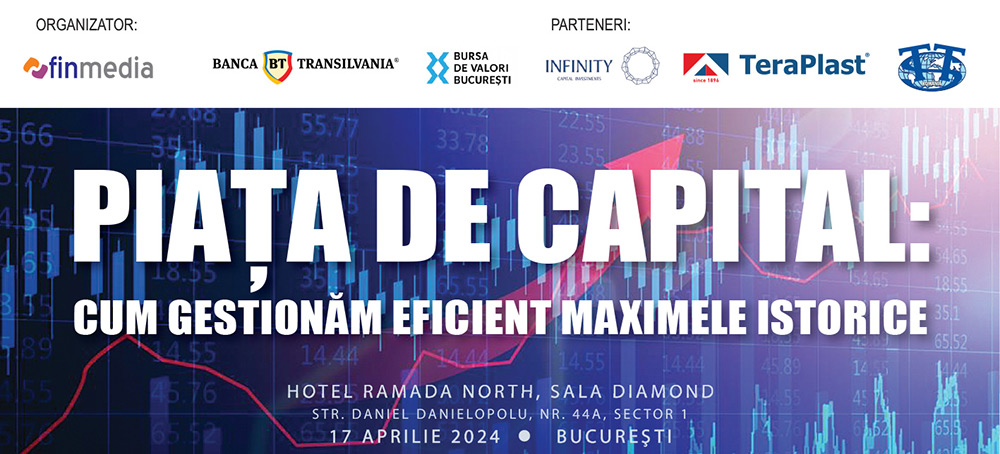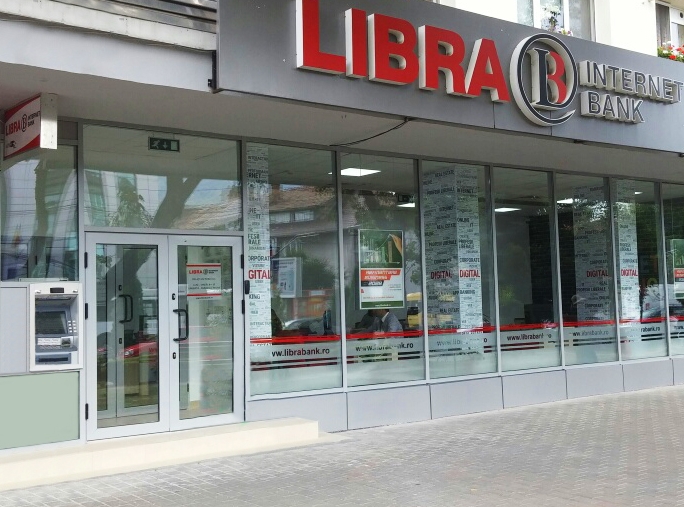Fitch Ratings has revised Libra Internet Bank S.A.’s (Libra’s) Outlook to Stable from Negative and affirmed its Long-Term Issuer Default Rating (IDR) at ‘BB-‘. We have also affirmed the bank’s Viability Rating (VR) at ‘bb-‘. A full list of rating actions is detailed below.
The revision of the Outlook to Stable from Negative reflects stronger-than-expected resilience of Libra’s performance to pandemic-related risks and our view that its ratings have enough headroom to absorb potential pressures on its credit profile from spillover effects of the war in Ukraine.
Fitch has withdrawn Libra’s Support Rating and Support Rating Floor as they are no longer relevant to the agency’s coverage following the publication of its updated Bank Rating Criteria on 12 November 2021. In line with the updated criteria, we have assigned Libra a Government Support Rating (GSR) of ‘no support’ (ns).
KEY RATING DRIVERS
Libra’s IDRs and VR reflects its small size and niche franchise in Romania, reasonable profitability and asset-quality metrics, adequate capitalisation and good funding and liquidity. It also considers significant exposure to construction and real estate in the bank’s loan book, rapid credit expansion and a business model that has not been fully tested in a downturn.
Reasonable Operating Profitability: Libra’s earnings are dominated by interest income and its profitability benefits from wide and stable net interest margins (5% in 2021). Operating profit-to-risk-weighted assets (RWAs) recovered in 2021 to 4.1%, following a sharp drop in 2020 due to frontloading of provisions for expected problem loans. We assume the bank’s profitability to remain reasonable in the medium term, underpinned by increasing interest rates and continued high growth of business volumes.
Rapid Business Growth: The bank’s rapid expansion (2.4x over five years) significantly outpaced the sector’s average. During this time, Libra has built a sizeable exposure to residential and commercial real-estate financing (almost 2x common equity Tier 1 (CET1) capital), which Fitch views as higher risk. Libra is well-remunerated for the risks it takes as the bank does not favour growth over margins, while disciplined underwriting is reflected in good loan book quality.
Sound Asset Quality: Libra’s Stage 3 loans of 1.9% of total loans at end-2021 compares well with the sector’s average (3.7%) and has been improving in recent years. However, near-term risks remain heightened by the economic effects of the war in Ukraine and inflation, and we therefore expect impaired loans to rise moderately. Coverage of stage 3 loans by loan loss allowances (64%) is reasonable given the bank’s collateral requirements and its conservative valuation.
Adequate Capitalisation: Libra’s capital ratios are only adequate for its risk profile, given the bank’s small size, asset-quality risks that are amplified by its sizeable loan book concentrations, and rapid balance-sheet growth. The bank’s CET1 ratio was down at 17.4% at end-2021 (end-2020: 18.6%) due to the expansion of RWAs, phase-out of transitional arrangement benefits and moderate internal capital generation. Fitch expects Libra’s capitalisation will decline modestly in 2022 as loans continue to increase and transitional arrangement benefits continue to amortise, but to remain commensurate with Fitch’s current score.
Largely Deposit–Funded: Libra sources 91% of funding from customer deposits, of which about 67% was represented by non-retail accounts at end-2021. Its liquid balance sheet is reflected in a comfortable loans-to-deposits (L/D) ratio of 72% and high-quality liquid assets covering 31% of total assets. Refinancing risks related to third-party funding are limited and liquidity needs are well-covered by available good quality buffers either maintained at the local central bank or invested in Romanian government bonds.
No Support Assumed: Libra’s GSR of ‘ns’ considers primarily the Romanian resolution legislation, which requires senior creditors to participate in losses, if necessary, instead of a bank receiving sovereign support. Libra’s ratings also do not factor in any support from its ultimate owner, private -quity investor New Century Holdings, as in the agency’s view, such support cannot be relied upon in all circumstances.
RATING SENSITIVITIES
Factors that could, individually or collectively, lead to negative rating action/downgrade:
Libra’s IDRs are sensitive to adverse changes in its standalone assessment reflected in VR. The VR could be downgraded due to greater-than-expected deterioration of Libra’s asset quality and/or a protracted weakening in capitalisation (in particular, if the bank’s CET1 ratio reduces below 14%). The VR would likely be downgraded if the Romanian operating-environment score is downgraded.
Factors that could, individually or collectively, lead to positive rating action/upgrade:
An upgrade of the bank’s VR, and consequently Long-Term IDR, would require an improvement in Libra’s business profile predominantly through material strengthening of the bank’s franchise and reduced concentrations while maintaining a sound financial profile.
An upgrade of the GSR would require a higher propensity of sovereign support. While not impossible, this is highly unlikely in Fitch’s view.
BEST/WORST CASE RATING SCENARIO
International scale credit ratings of Financial Institutions and Covered Bond issuers have a best-case rating upgrade scenario (defined as the 99th percentile of rating transitions, measured in a positive direction) of three notches over a three-year rating horizon; and a worst-case rating downgrade scenario (defined as the 99th percentile of rating transitions, measured in a negative direction) of four notches over three years. The complete span of best- and worst-case scenario credit ratings for all rating categories ranges from ‘AAA’ to ‘D’. Best- and worst-case scenario credit ratings are based on historical performance. For more information about the methodology used to determine sector-specific best- and worst-case scenario credit ratings, visit https://www.fitchratings.com/site/re/10111579
Sources of Information
The principal sources of information used in the analysis are described in the Applicable Criteria.
REFERENCES FOR SUBSTANTIALLY MATERIAL SOURCE CITED AS KEY DRIVER OF RATING
The principal sources of information used in the analysis are described in the Applicable Criteria.
ESG CONSIDERATIONS
Unless otherwise disclosed in this section, the highest level of ESG credit relevance is a score of ‘3’. This means ESG issues are credit-neutral or have only a minimal credit impact on the entity, either due to their nature or the way in which they are being managed by the entity. For more information on Fitch’s ESG Relevance Scores, visitwww.fitchratings.com/esg.


COMMENTS